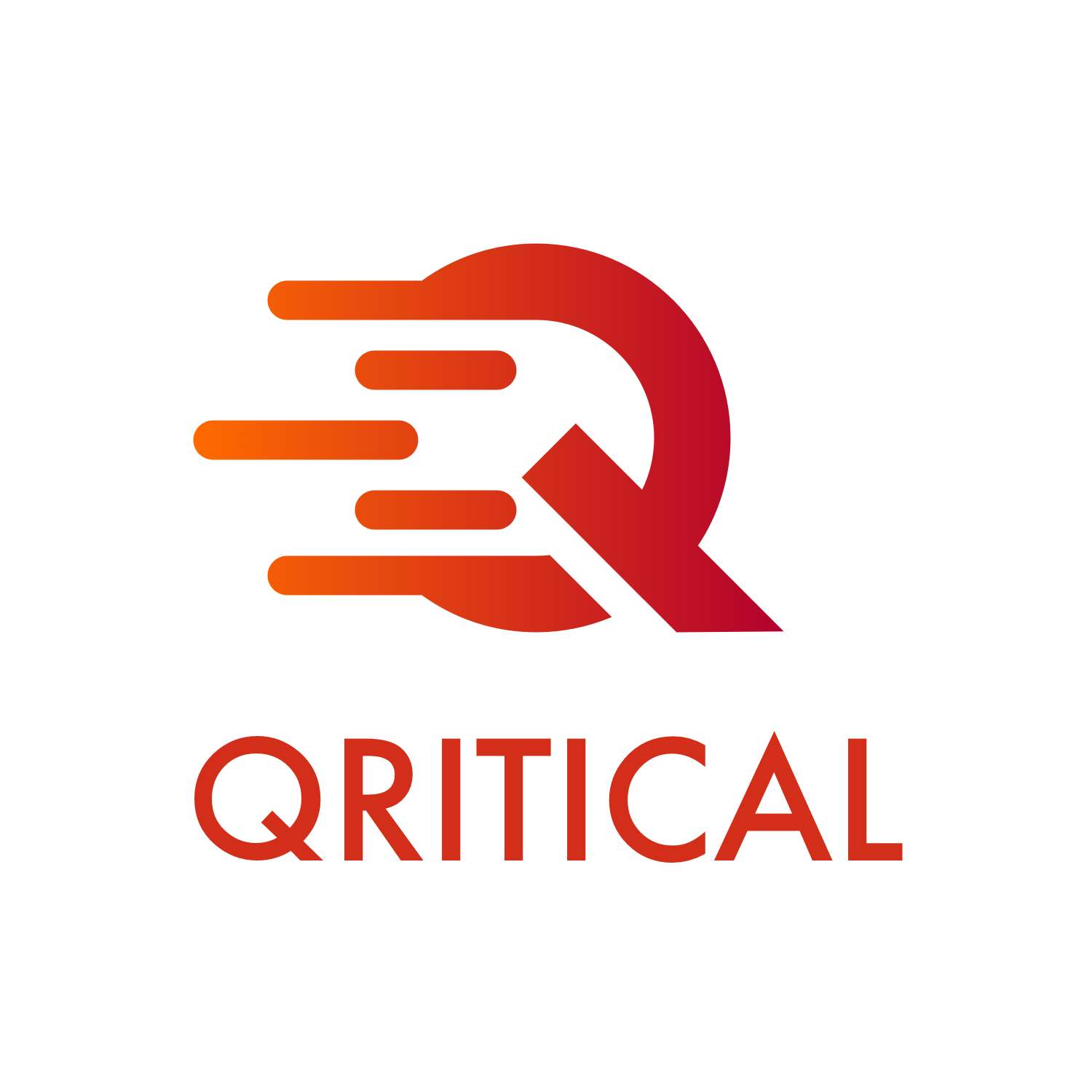
-
StatusOngoing
-
Status date2020-02-10
-
Activity CodeSL.010
The concept and the technology needed for QKD by optical communication technologies over satellite(s) is in various stages of maturity. It will require further definition, development and
investments to come to working solutions and an operational service for the critical infrastructure.
In order to bring focus to these developments and justify the investments it is paramount to create an overview of all the relevant aspects. There are four aspects considered in order to come to a balanced assessment for a roadmap:
- User needs - What are the long term security vulnerabilities in these sectors and can optical communication and QKD help to counter or mitigate these security risk?
- Concept and architecture definition - What are the different QKD concepts and how do they meet the user needs? How can these concepts be elaborated to an end-to-end security architecture?
- Technology roadmaps – What is the maturity of critical enabling technologies for the architecture(s) and how does the corresponding roadmap, to meet the mission and operational requirements, look like?
Business cases – What are the business cases for users to adopt QKD? Do the business cases impact the trade-offs in the topics above?
The challenge of the project is to bring science into practice. This includes:
- Definition of realistic future use cases, including security needs and business cases.
- Analysis of characteristics and performance of the different QKD concepts.
These aspect were brought together and a technological roadmap was defined. It is shown that the concepts that meet the user needs best, have the most challenging technology roadmap.
Based on a trade-off using relevant criteria (related to the user requirements), two concepts were selected that have been further developed. The most promising concept consists of a geostationary satellite sending entangled photon pairs to two locations on the ground. The second concept implements Measurement Device Independent QKD, and includes a geostationary satellite receiving photons from two locations on ground. For both concepts the satellite can be untrusted (that is, no additional security assumptions have to be made), link times are long, and the geographic coverage is large.
It is concluded that in order to implement these systems, several technology gaps have to be overcome related to the quantum source, detectors, large scale optics and pointing accuracies, requiring significant investments. An early start of standardization and certification is also very important in order to have this technology to become widely accepted.
Alternatively it would be worth investigating whether alternative concepts can be elaborated to meet user requirements in a different way (e.g. could ‘trusted’ concepts be used, generally having higher secure key rates, completed with additional security measures to fulfil user needs?)
The Qritical project was organized in 4 activities to address the specific questions of the SOW.
- Performing a security review (definition of use-cases) and concept generation;
- Definition of a System Architecture(s);
- Definition of a technology development roadmap; and
- Provision of business cases.
The outcomes were presented in a Final Report to ESA.
All deliverables of the study are delivered and accepted. Two realistic uses cases were elaborated on in more detail and provided good insight in the expectations and demands of the users. From user perspective the model will change from buying (certified) equipment to obtaining a (shared) service. Having to trust a third party to their core business is an important issue. The untrusted satellite in GEO (Entanglement based QKD from GEO or MDI-QKD from GEO) came out as the preferred solution. The conclusion is that both concepts have significant technological challenges. Further study into these concepts is needed or an alternative solution should be defined that can meet user needs in a different manner.





